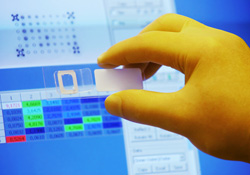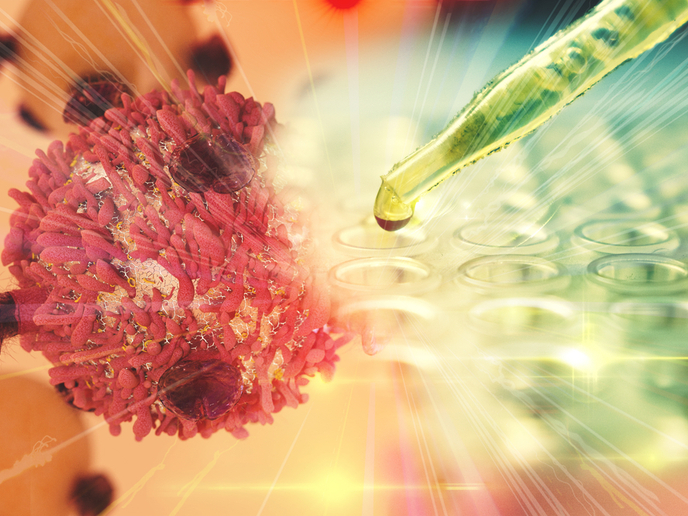Nanotech shines a light on disease development
The 'Smart nondimensional biosensors for detection of tumor cells and cytotoxic amyloids intermediates' (Nanosmarts) project aimed to develop enhanced tools for the diagnosis of tumours and the study of neurodegenerative disease. In the first instance, the team worked with silicon nanoparticles (NPs) as fluorescent probes. However, certain limitations in their suitability led the team to opt for quantum dots (QDs). These are semiconductors with much better fluorescence properties. Various actions taken to optimise NPs resulted in being able to control the number of binding sites and produce monamino QDs. The latter were used for labelling the epidermal growth factor receptor, which is over-expressed in many types of human cancer and therefore an important therapeutic target. In the second instance, researchers focused on dual-emission band fluorescent biosensors for examining protein conformation in cases such as Parkinson's disease (PD). This disease is characterised by midbrain clusters of neurons mainly made up of the protein a-synuclein (AS). Nanosmarts created dual-emission excited-state intramolecular proton transfer probes that are sensitive to the environment. These were then used to label AS for two purposes. The first was to study what might influence the binding of AS to membranes. Results showed that AS binds with negatively charged membranes much quicker and more strongly. Findings give new insights into the relation between physical properties of membranes and how effectively AS binds to them, and where. This will help highlight its role in the development of PD. The second was to systematically monitor how AS gathers. Researchers discovered a family of AS aggregation intermediates, which they termed acunas. After establishing the structural identity of acunas, the Nanosmarts project proposed that their unique features promote interactions with other proteins and structures. This gives rise to the toxic species that ultimately brings about neuronal dysfunction and weakening.







